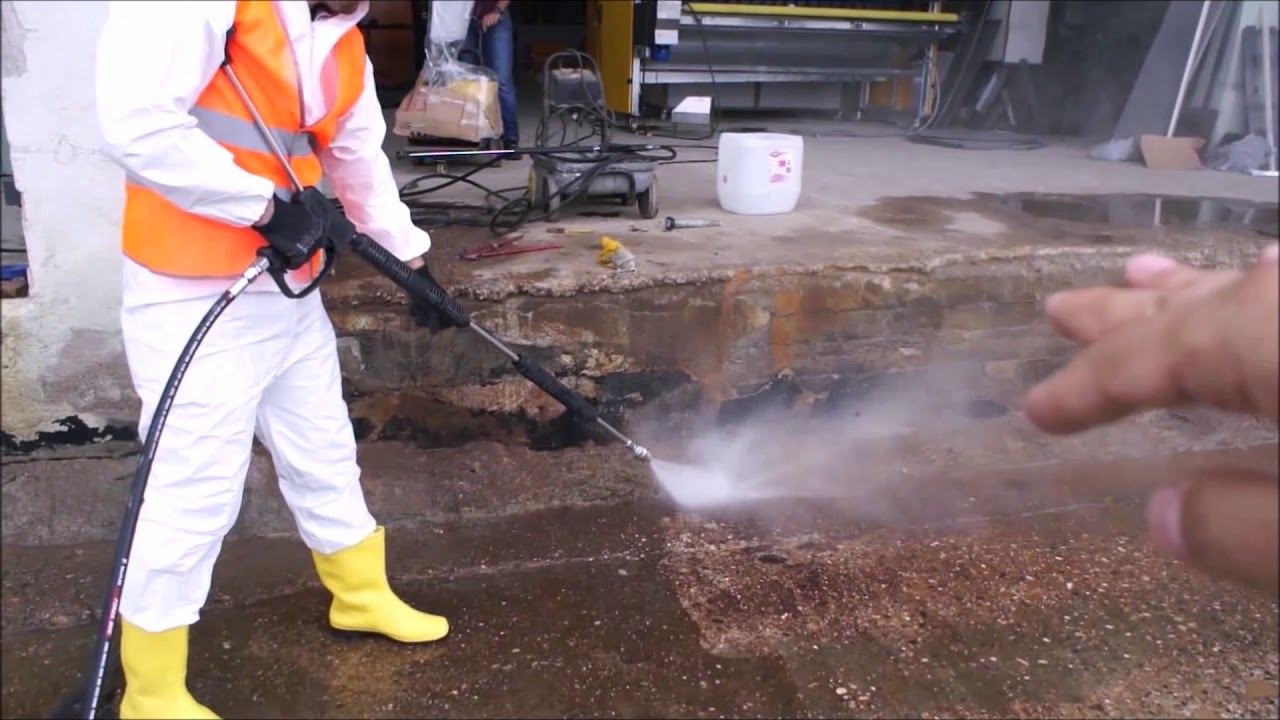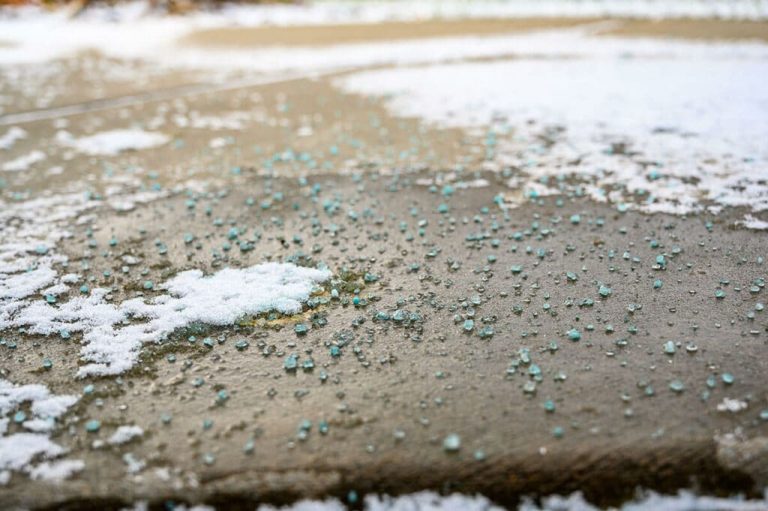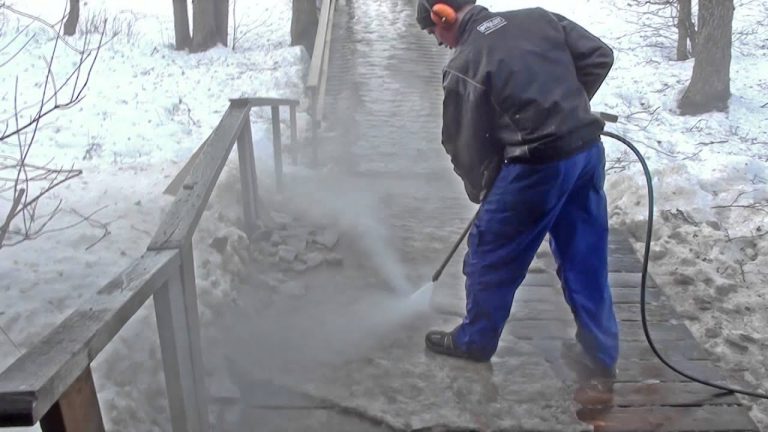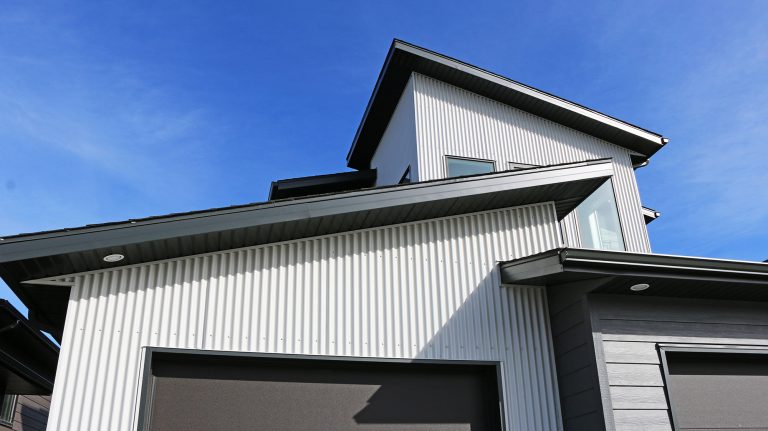
If you’ve ever scrolled through cleaning services or equipment rentals, you’ve probably come across the terms “pressure washing” and “jet washing” used interchangeably. But are they really the same thing? 🤔 Or is there a meaningful difference between the two?
Let’s clear up the confusion and break down what these terms actually mean—so you know exactly what you’re getting the next time you hire a service or grab a machine from the hardware store. 🧼🔍
🧠 What’s the Core Concept?
At the heart of it, both pressure washing and jet washing refer to cleaning using high-pressure water. This method blasts away:
- Dirt 🧱
- Mold and mildew 🍃
- Algae 🌱
- Grease and oil stains 🛢️
- Paint or gum residues 🎨🍬
Both terms describe machines that push water through a narrow nozzle at high speed, creating a powerful stream that lifts grime from surfaces like driveways, siding, patios, and decks.
But there is a small nuance worth knowing.
🧼 So… Is There a Difference?
Short answer: Technically, no—pressure washing and jet washing are the same thing in most everyday contexts, especially in the U.S. 🇺🇸
However, depending on where you are and who you’re talking to, the terminology may shift a bit.
Here’s a quick breakdown:
| Term | Commonly Used In | Implies | Pressure Level |
|---|---|---|---|
| Pressure Washing | U.S. & Canada | General high-pressure cleaning | 1,500–4,000 PSI |
| Jet Washing | UK, Europe, some commercial U.S. services | Often used for heavy-duty or industrial cleaning | Can be 3,000+ PSI |
💡 In other words, “jet washing” sometimes implies a more powerful or industrial-grade process, but the difference is more about language than technology.
💥 What About Power Washing?
Let’s throw one more into the mix: Power washing.
This term does often refer to something slightly different:
- Power washing uses hot water + high pressure
- Pressure washing typically uses cold water
The heated water in power washing makes it better for:
- Grease and oil spills 🛢️
- Sticky residues like chewing gum 🍬
- Sterilizing mold and algae spores 🍄
🧠 So while pressure washing and jet washing are functionally the same, power washing adds heat into the equation for extra cleaning power.
Browse Amazon Here For Top Rated Power Washers And Accessories
🧰 Jet Washing vs. Pressure Washing Equipment
Another key point: The tools you use are often the same.
Both systems typically feature:
- A motor (gas or electric) 🔌⚙️
- A high-pressure hose
- Adjustable nozzles or spray tips 🔄
- Optional detergent tanks or attachments 🧴
“Jet washers” and “pressure washers” may look identical—and in most cases, they are.
If you’re shopping or renting equipment, don’t worry too much about the label. Instead, look at:
- PSI (Pounds per Square Inch) – Measures force
- GPM (Gallons per Minute) – Measures water flow
- Hot or cold water capability
- Nozzle options (0°, 15°, 25°, 40°, soap tips, etc.)
💡 For most home users, a pressure washer with 2,000–3,000 PSI and 2–3 GPM is more than enough.
🏡 When Should You Use a Pressure (Jet) Washer?
Pressure or jet washing is ideal for:
- Driveways and walkways
- Brick or concrete patios
- Fences and decks
- Vinyl or aluminum siding
- Heavy outdoor furniture
- Garbage bins
- Prepping surfaces for painting
But beware—it’s too harsh for certain surfaces like:
- Delicate wood siding
- Old mortar joints
- Windows
- Roof shingles
- Painted surfaces (unless prepping to strip)
Always test on a small section first! 🧪
🧽 Final Verdict
So, let’s answer the big question once and for all:
Is there a difference between pressure washing and jet washing?
👉 Not really—they’re two names for the same high-pressure water cleaning method.
You might hear “jet washing” more often in the UK or in commercial service offerings, but the mechanics are the same. Both refer to blasting water at high speeds to clean outdoor surfaces.
🧼 Use the term that fits your region—or better yet, focus on PSI, GPM, and features when choosing equipment or hiring a pro. That’s what really matters.
Browse Amazon Here For Top Rated Power Washers And Accessories






